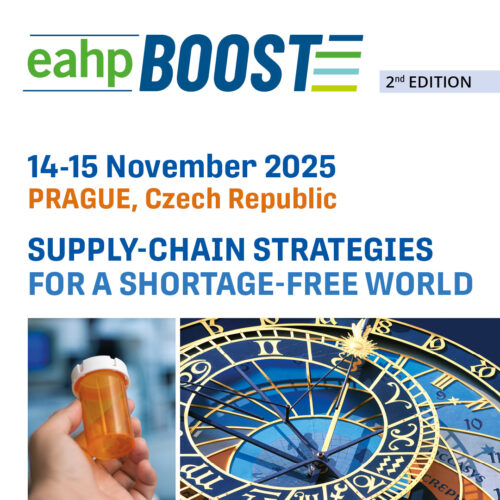ENHANCING PROFESSIONALISM IN CLINICAL PHARMACIST SERVICE THROUGH DIGITAL COMMUNICATION
Pdf

European Statement
Clinical Pharmacy Services
Author(s)
Mia Pavelics Rehn
Trine Rune Høgh Andersen
Why was it done?
Clinical Pharmacists (CPs) in the Region Zealand Hospital Pharmacy (30 CPs) are scattered over great geographical distances on multiple hospital wards. When working with Clinical Pharmacist Services (CPS), usually just one CP is present per ward. All 30 CPs have different knowledge, seniority and specialization. To enhance the professionalism of the individual pharmacist on duty, digital communication such as chat functions are implemented for quick and easy intra-pharmacist consults.
What was done?
The ward physicians and nurses experience the combined specialty knowledge of 30 CPs from each CP when engaging CPS. This is highly relevant to maintain the position of having CPS through the hospital pharmacy instead of employing one individual CP directly on the ward, which has become more common over recent years.
How was it done?
To illuminate how the CPs from the hospital pharmacy share knowledge by using each other in their clinical operation, data was collected during three weeks of daily work. The CPs at 10 department wards registered each time they consulted a CP colleague. Furthermore, they recorded what type of communication they used (Microsoft Teams®, telephone or face-to-face) and what the inquiry was about. Written communication in Teams chat was saved for qualitative analysis.
What has been achieved?
The collected data illustrate the utilization of collective knowledge. In the three weeks 34 consults were made using primarily Microsoft teams. In 9 cases the contact was face-to-face and in 6 cases by phone. Most common was pharmacological discussion about specific cases during medication reviews (23), followed by questions about technical issues in the electronic patient record (11), general professional discussions (7) and consults about medication shortages and alternatives (8).
What next?
This initiative illustrates how using easy and available digital communication such as Teams chat functions across geographical distances will increase professionalism and harness the collective knowledge of many CPs working in collaboration for the benefit of improved CPS.
eLearning Environment for Ensuring the Competence in Pharmacotherapy
Pdf

European Statement
Education and Research
Author(s)
Susanna Saano, Tiina Koskinen, Hillevi Rautiainen, Minna Taam-Ukkonen
























